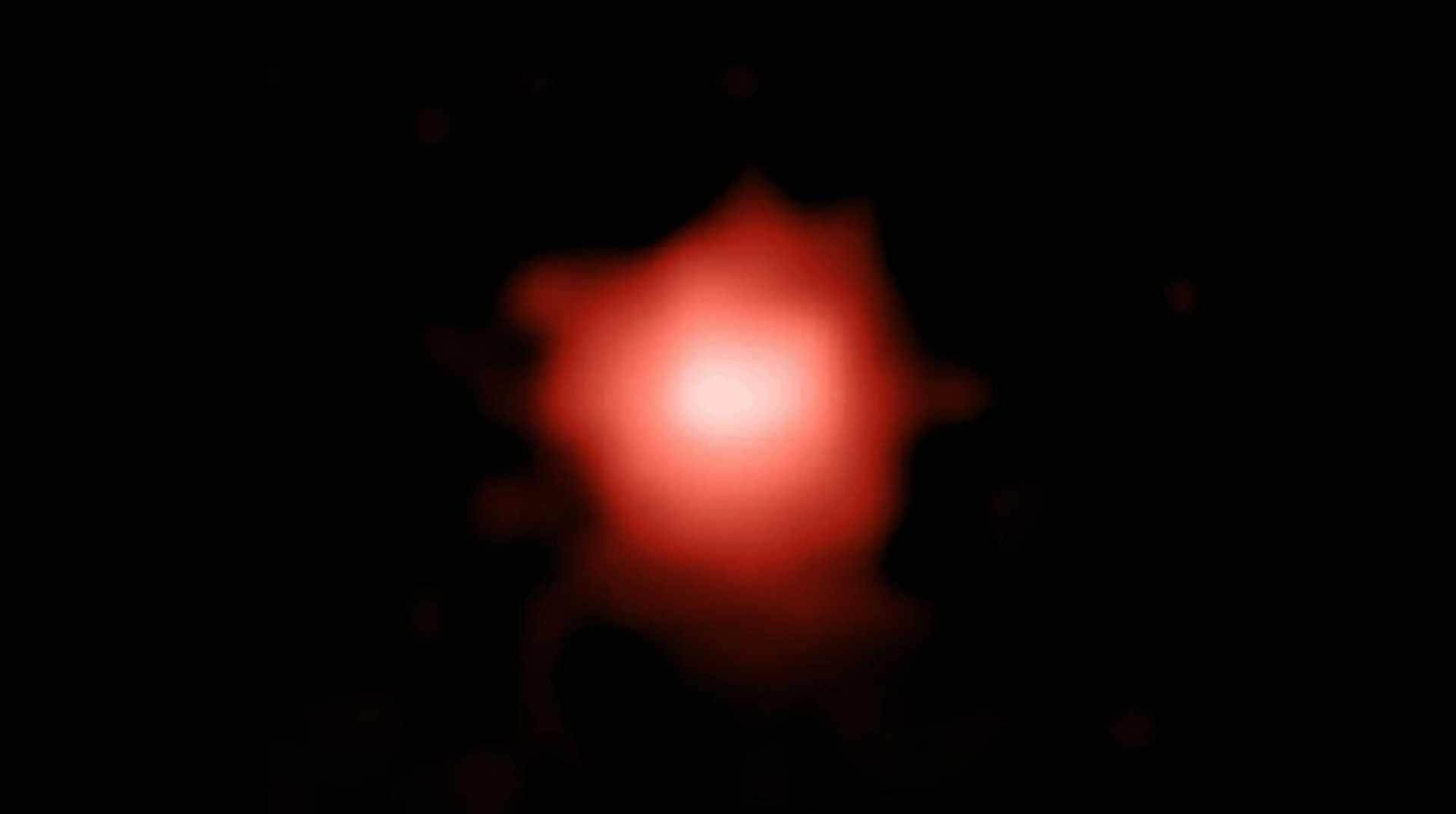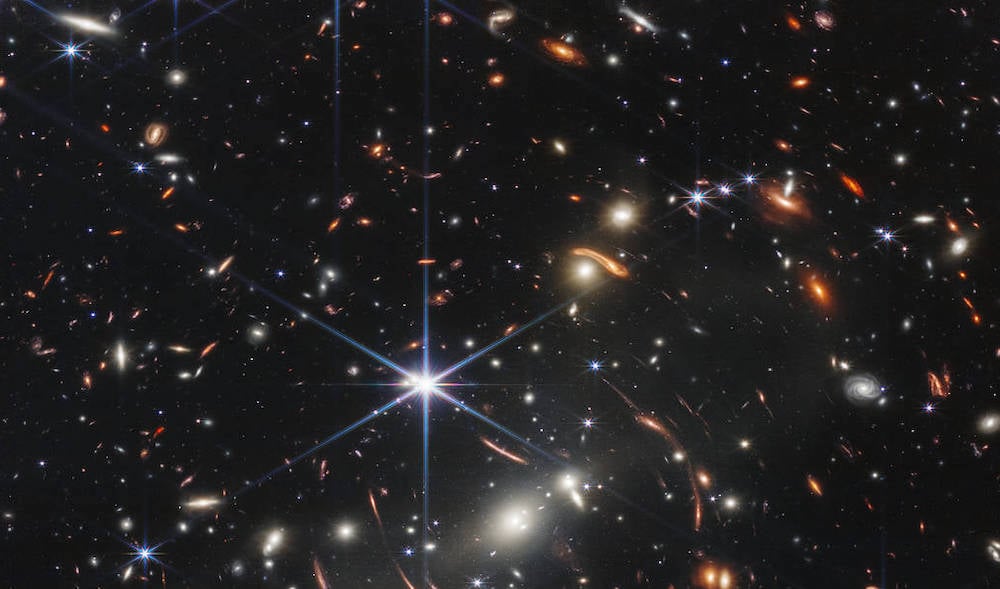
NASA’s James Webb Space Telescope appears to have captured the most distant galaxy ever observed, one that researchers say existed only three hundred million years after the Big Bang.
Less than two weeks after NASA unveiled the first images from its largest and most powerful space science telescope, a study led by a graduate student in astronomy at Harvard University discovered the galaxy, called GLASS-z13, Vice reported.
That would eclipse NASA’s Hubble Space Telescope GLASS-z11 discovery—400 million years after the Big Bang in 2016; a more recent one, HD-1, dates to 330 million years after the Big Bang.
Galaxy May Be Most Distant and Earliest Known
For the latest discovery, more research is needed to confirm whether GLASS-z13 is actually the farthest and earliest-known galaxy.
In an email, lead researcher Rohan Naidu told Vice it’s “potentially the most distant galaxy ever, but we can’t tell if it is the oldest.” He added that “we might be observing it as it was ~300 [million years] after the Big Bang. It could have just formed recently, or could have formed even farther back—we can’t quite tell yet.”
This month, the public saw the first results from the James Webb Space Telescope, which captured a stunning image showing thousands of ancient galaxies deep in space. The picture provided the deepest glimpse into the cosmos yet.
The $10 billion Webb Telescope’s sensitive and sharp Near-Infrared Camera (NIRCam) was able to etch out tiny details from deep space unlike any that have been captured in the past.
US President Joe Biden revealed the image, which shows a cluster of galaxies deep in space called SMACS 0723. On July 11th, the White House also referred to the galaxy cluster as First Deep Field. More images have followed, each one awe-inspiring.

The James Webb Telescope can look so deep into space that it spotted GLASS-z11 and GLASS-z13 at an early stage in their formation, when they measured about 2,000 light years across, Vice reported. That is tiny compared to the 100,000-light-year diameter of the Milky Way.
Put in perspective, views of the galaxies GLASS-z11 and GLASS-z13 are roughly a billion times as massive as the Sun while the Milky Way has accumulated a mass of about 1.5 trillion suns over more than thirteen billion years, the report noted.
But GLASS-z11 and GLASS-z13 were large for that stage of existence, Naidu wrote in his email, and “remarkably luminous.”
He said the “most surprising thing is how massive and bright these galaxies have gotten so fast—billion solar galaxies, so early in the Universe, are expected by several leading models of galaxy formations to be rather rare!”
Both GLASS-z11 and GLASS-z13 likely are part of a far bigger cluster of galaxies that scientists have previously been unable to spot, but which JWST could now identify at the edge of space and time.
Space exploration has come a long way since the time of the ancient Greek astronomers, who were some of the first people to gather knowledge about the cosmos. It was under Greek skies that ancient astronomers began to develop theories about the planets overhead, theories that are now proven. Christopher Columbus may or may not have set out to prove that the earth was spherical, but it was the ancient Greek astronomer Aristarchus who initiated the theory that the universe is heliocentric and that the planets are round.
See all the latest news from Greece and the world at Greekreporter.com. Contact our newsroom to report an update or send your story, photos and videos. Follow GR on Google News and subscribe here to our daily email!



